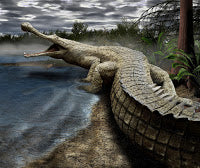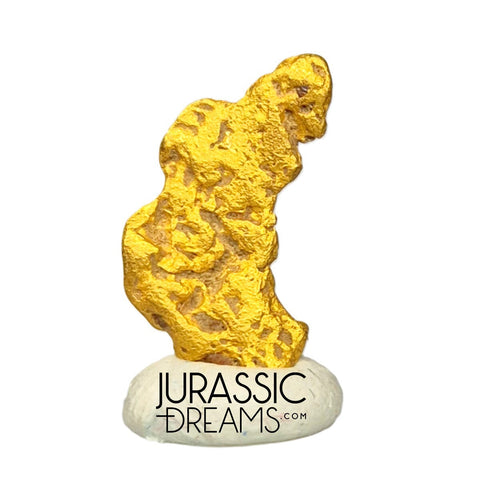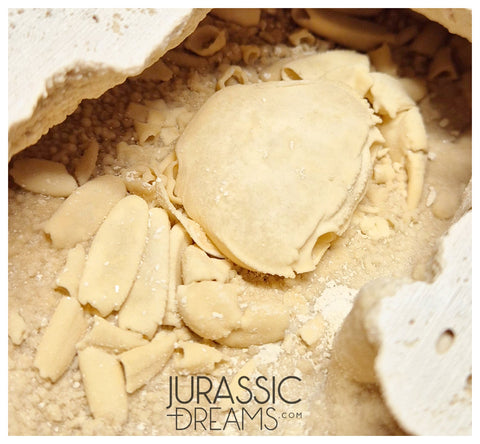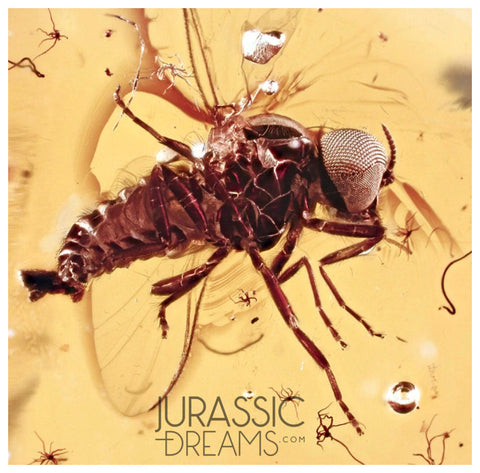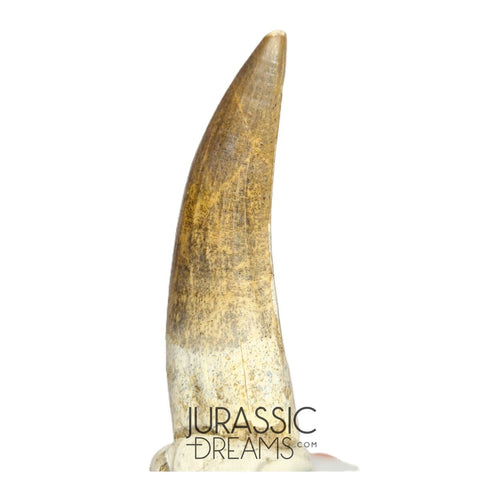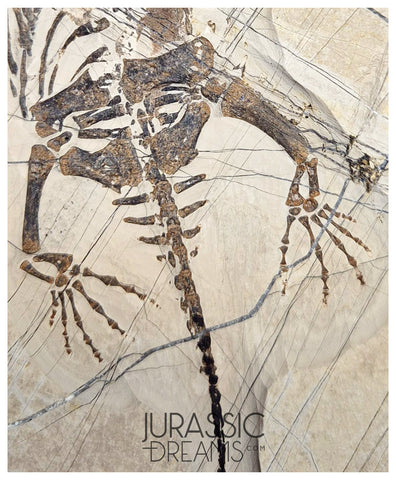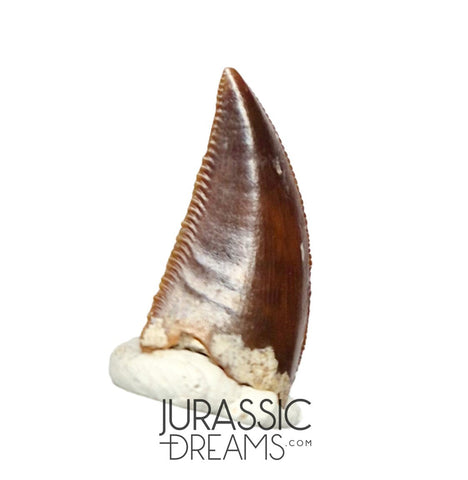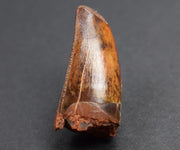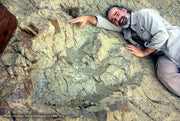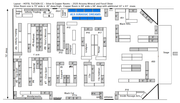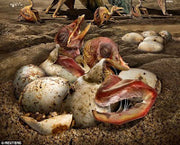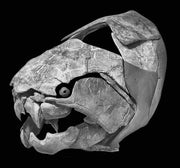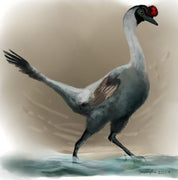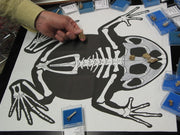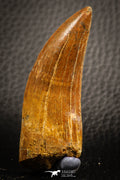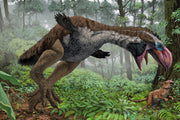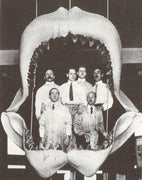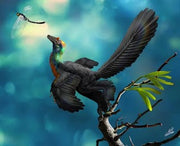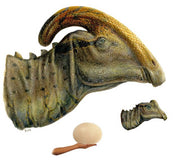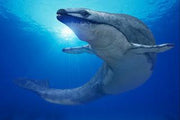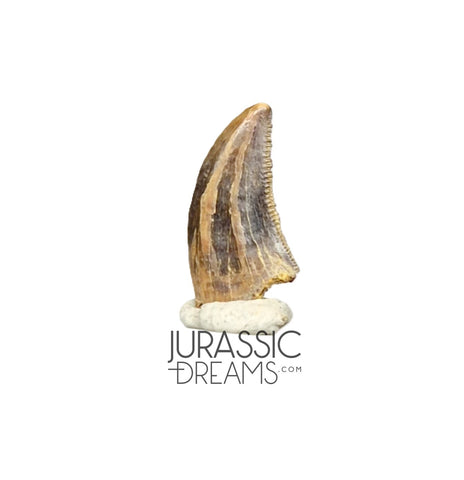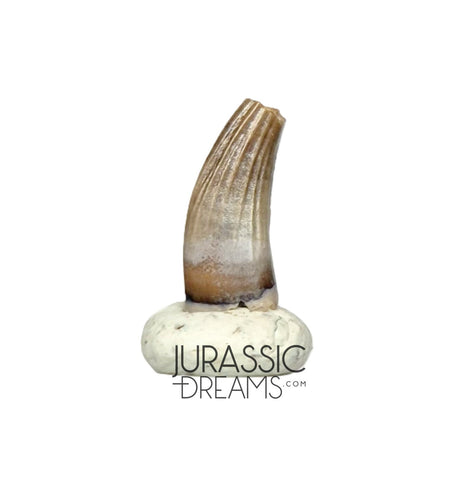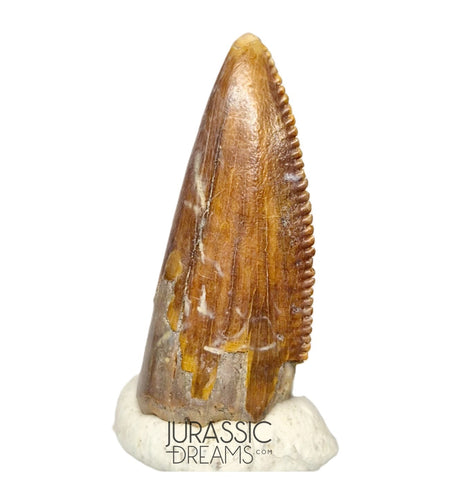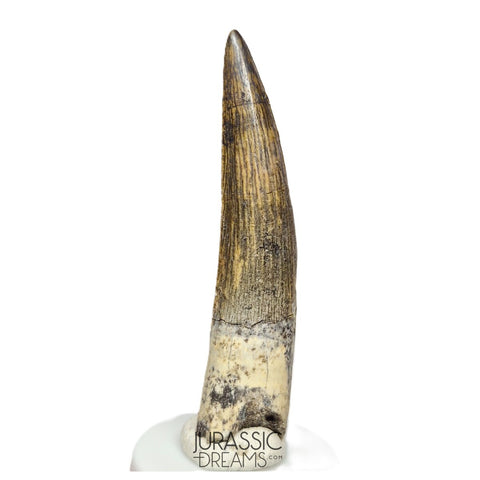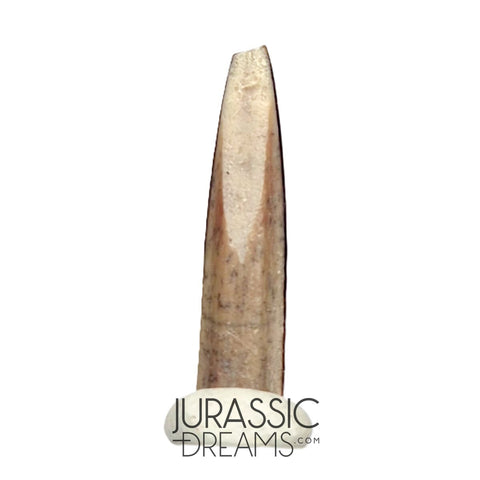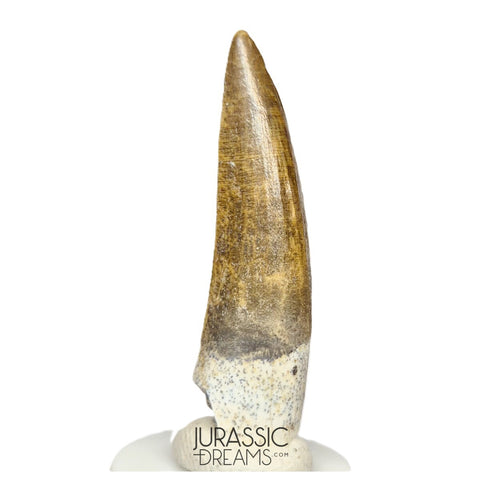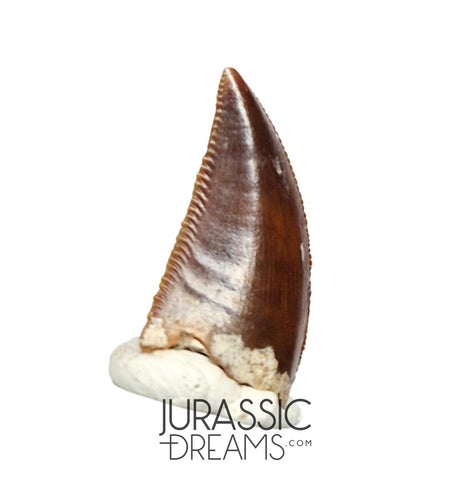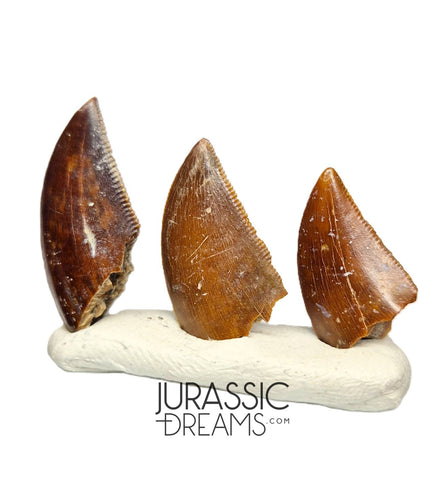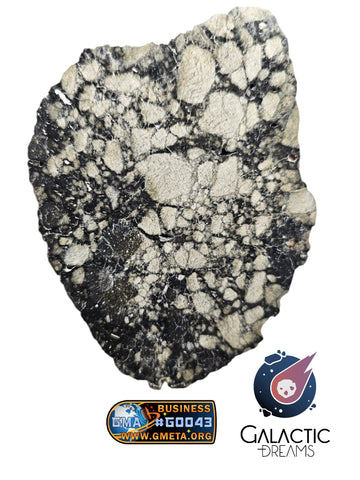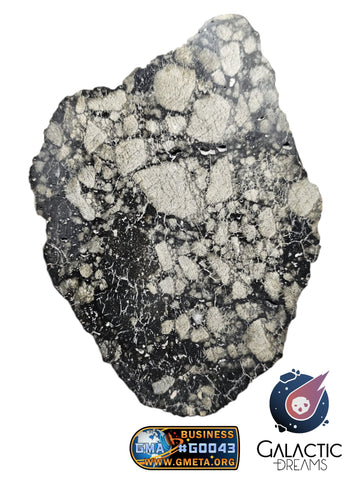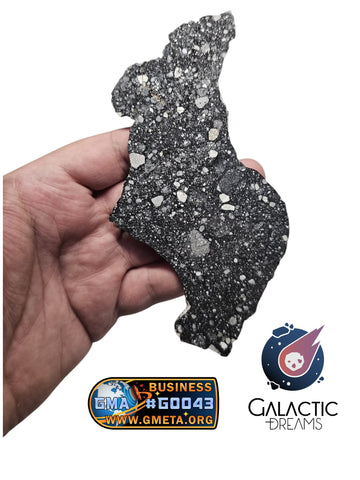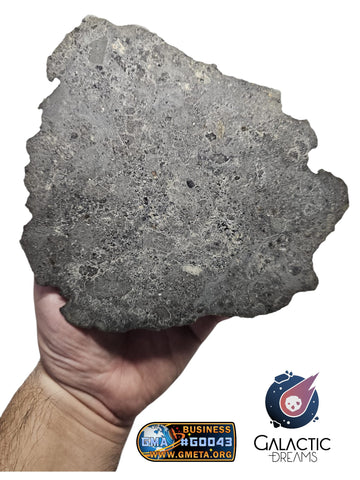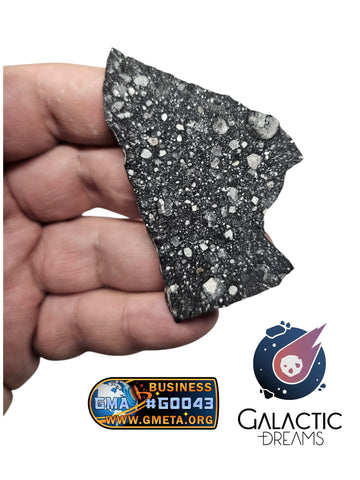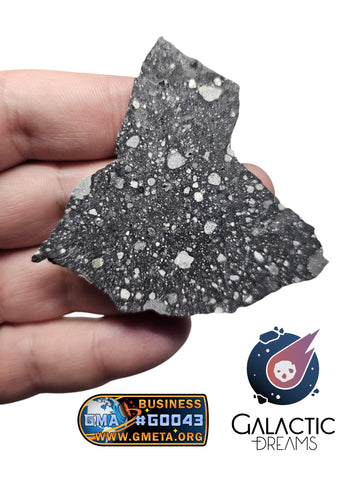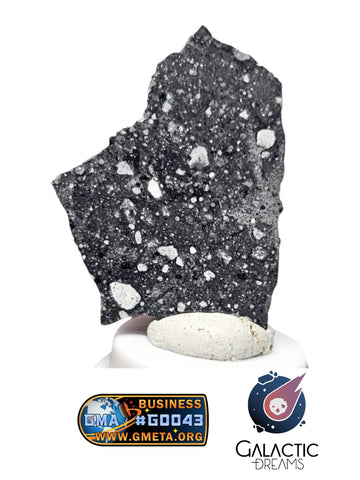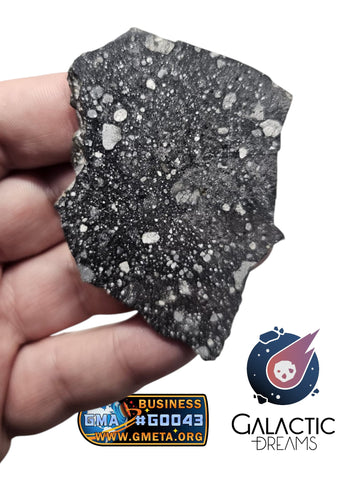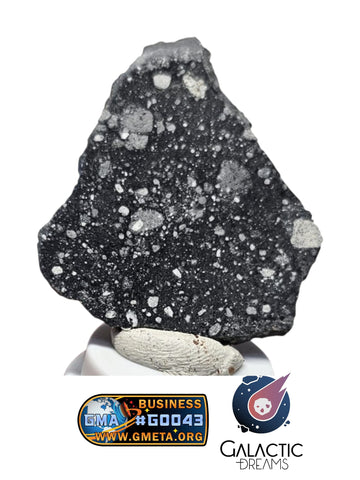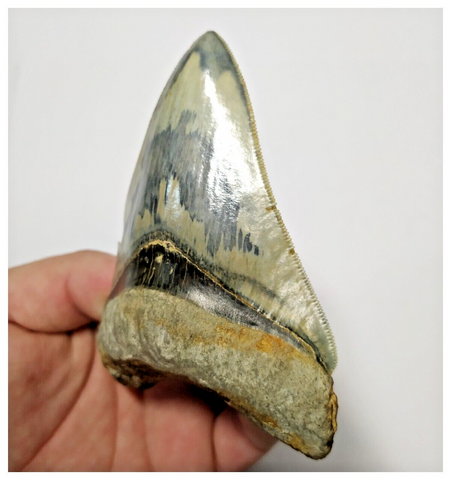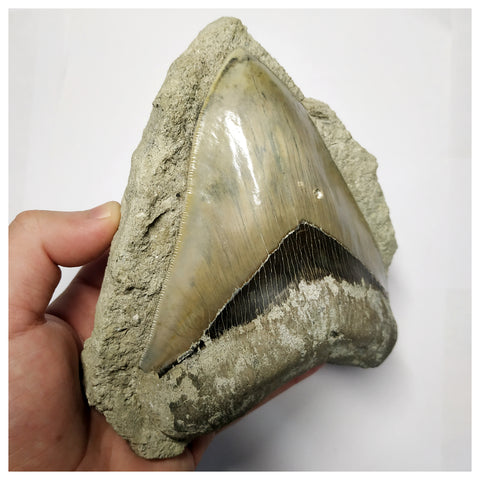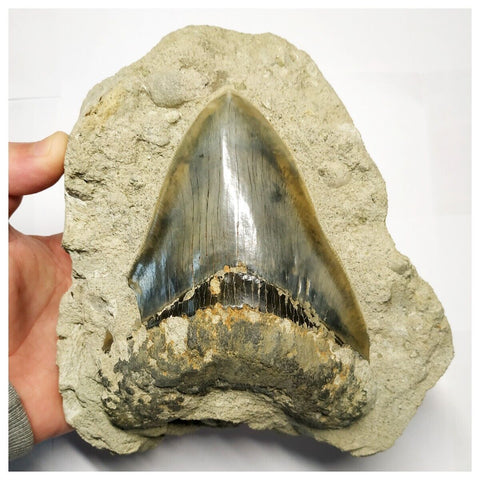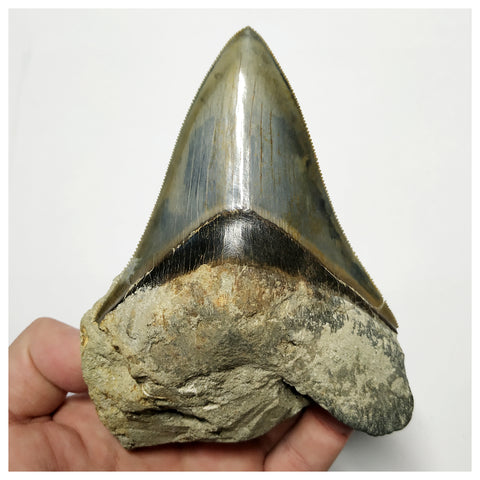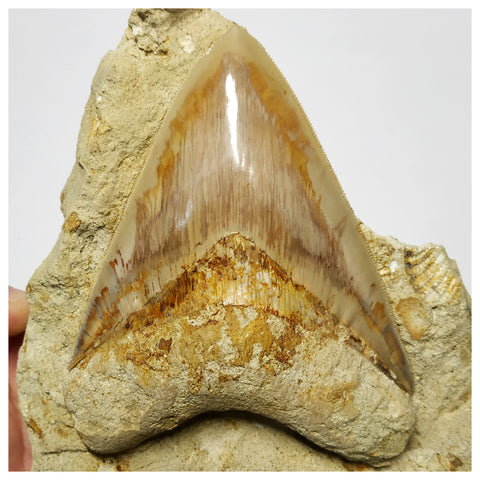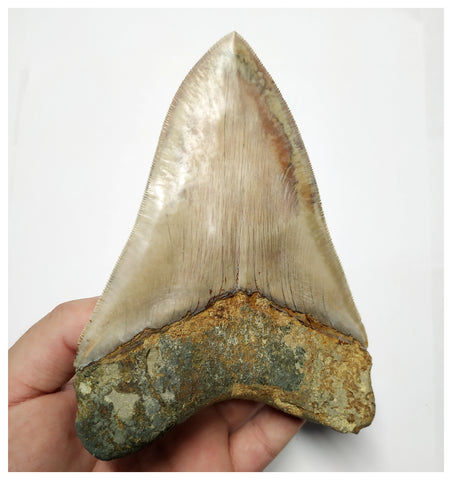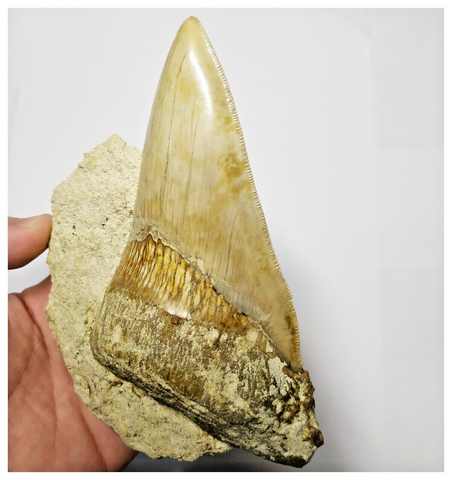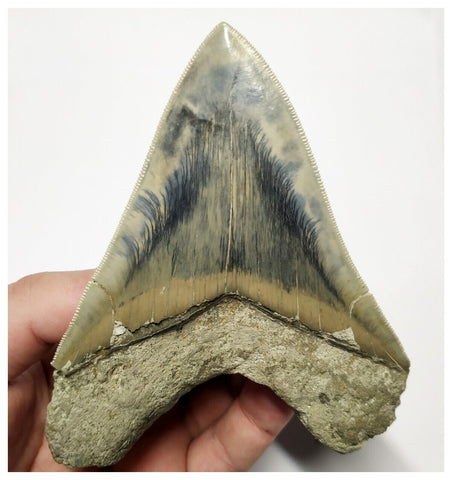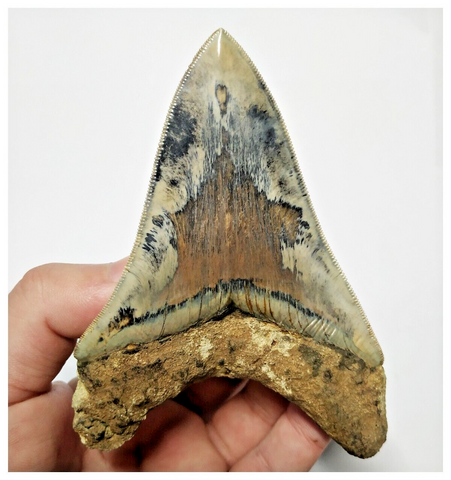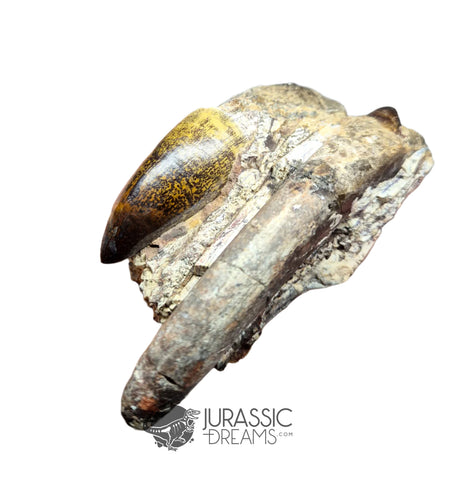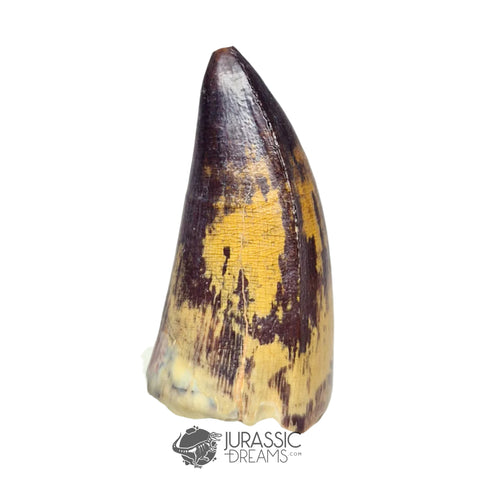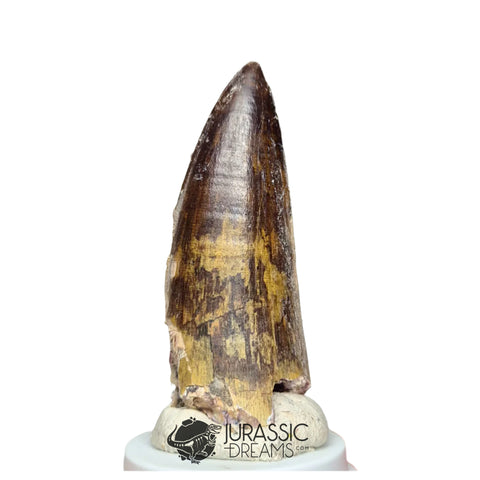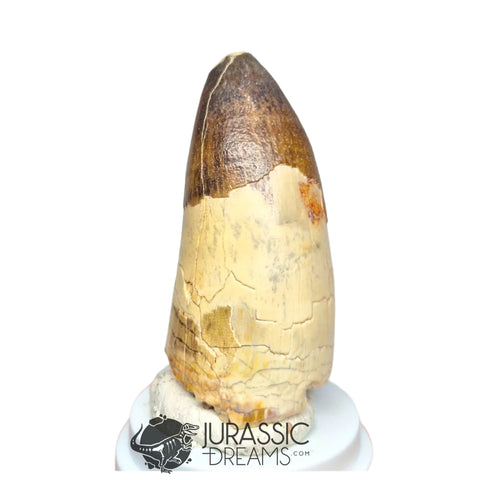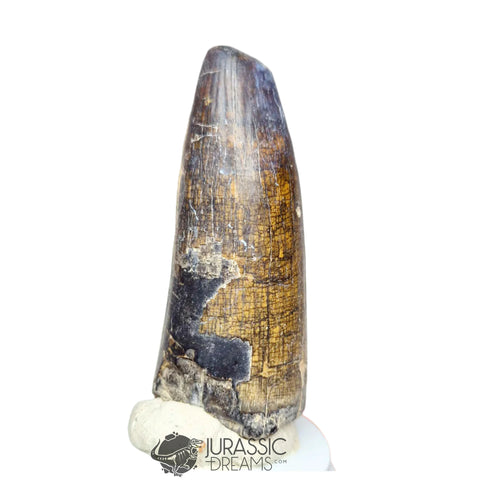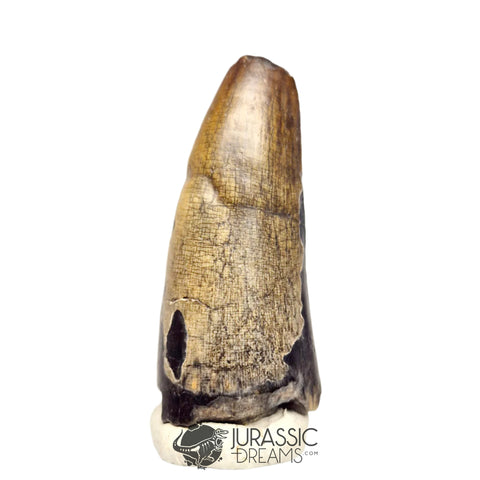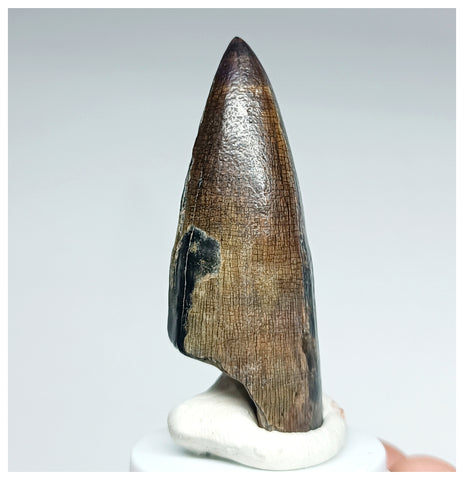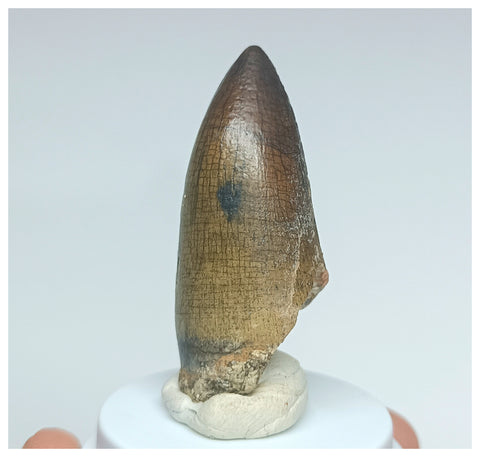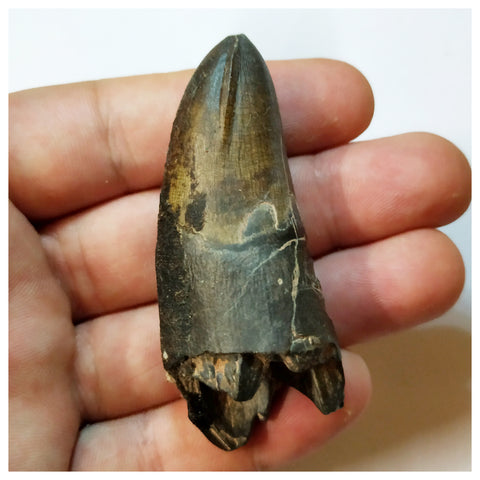Which was the largest prehistoric crocodile?
Depending on whom we ask the question, the answer changes. Unfortunately the fossils of prehistoric giant crocodiles do not appear complete and only isolated parts of the skeleton and fragments form the puzzle of discord.
What we are sure of at the moment, is that three species compete for the first place in this peculiar ranking.
DEINOSUCHUS

Deinosuchus next to a tyrannosaurid
It lived 75 million years ago at the end of the Cretaceous period. It should be noted that it is not really a crocodile, being a relative of American alligators. Its mouth is wide and robust, which allowed this species to turn on itself to dismember the flesh of its prey as current crocodiles do. Below: Video spin of death.
Due to its characteristics, paleontologists assume that it fed on terrestrial animals, dinosaurs, which it lurked from the water. Fossils of some herbivorous dinosaurs show teeth marks of Deinosuchus, thus manifesting the ultimate proof of their diet. As for the size, it ranges between 10-12 meters.
PURUSSAURUS
Strong, robust, flat and wide jaws. It was a relative of alligators although it lived 13 million years ago during the Miocene. Of the three candidates, it is the only one who did not see any dinosaur, and could not feed on them either. Their diet included fish, turtles and mammals that shared their habitat.

Purussaurus Illustration
Like the Deinosuchus, Purussaurus could also rotate on itself to exert force and chop its prey. Being able to perform the "turn of death" turned these huge crocodiles into lethal predators. Its length is estimated at 11-12 meters.
SARCOSUCHUS
From this crocodile there had only been found dermal plates and teeth of great size. Luckily, Paul Sereno discovered a complete skull that shed light on this creature. We know that it lived 110 million years ago, at the beginning of the Cretaceous period.

Sarcosuchus Reconstruction
The nose is elongated and narrow, at the end the nostrils protrude bulging as well as their eye sockets, located in the center of the skull and raised. These two adaptations allowed the Sarcosuchus to stalk ground preys with both sight and smell without exposing its entire head.
Its diet was composed of fish and land animals of small and medium size. About its size all are conjectures and it is estimated that its length was around 11-12 meters in length.
In the image below, the skulls of the three species are shown next to the skull of a current marine crocodile and a human skull.

From left to right Purussaurus, Deinosuchus and Sarcosuchus
As we see no data is conclusive and the only obvious thing is that any current crocodile dwarfs before these giants. Keep in mind that the data provided in this entry about the length are estimates made by scientists. While they take into account biomechanical parameters, they are mere approximations and not scientific evidence.
Germán Z. López
This post can also be read in Spanish at our partner blog Made in Pangea.
Illustrations: natgeo.dk
Sources:



